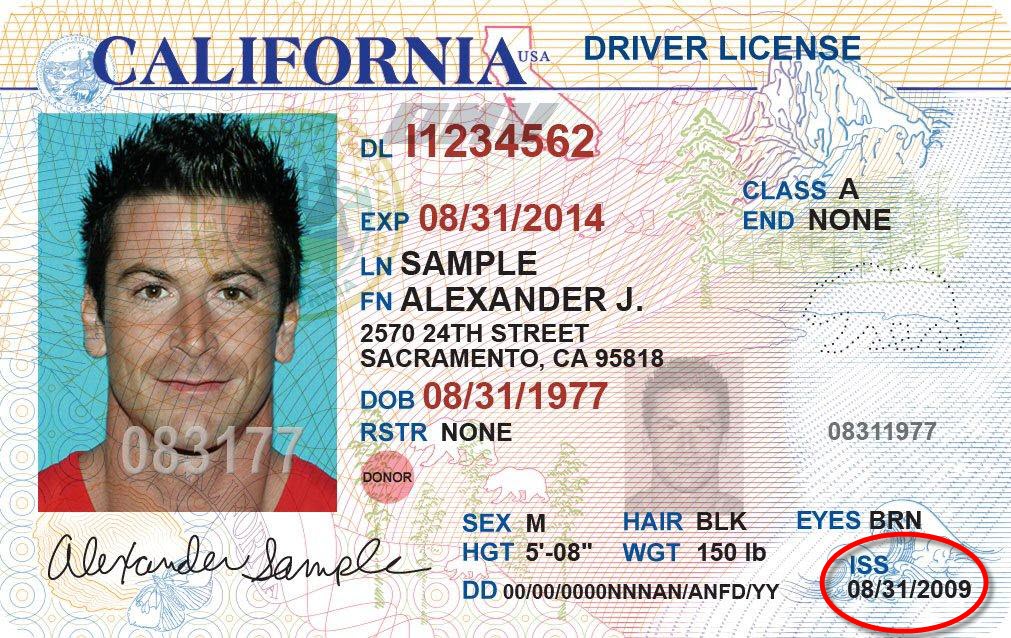Top 12 Factors That Affect Nighttime Driving
1. Reduced Visibility
Darkness significantly limits how far ahead you can see. This reduced sight distance means less time to react to hazards, obstacles, or changes in road conditions.
2. Glare from Headlights
Oncoming headlights, especially high beams, can temporarily blind drivers. This glare effect reduces your ability to see the road and requires time for your eyes to readjust.
3. Depth Perception Issues
Night driving makes it harder to judge distances and speeds of other vehicles. This can affect your ability to merge, change lanes, or maintain safe following distances.
4. Fatigue and Drowsiness
Driving at night often coincides with your body's natural sleep cycle. Fatigue significantly impairs reaction time, decision-making, and overall alertness behind the wheel.
5. Impaired Drivers
Statistics show a higher percentage of impaired drivers on the road at night, particularly on weekends. DUI-related accidents are more common during nighttime hours.
6. Wildlife Activity
Many animals are most active at dawn and dusk. Deer, in particular, pose a significant risk to nighttime drivers, especially in rural areas.
7. Limited Peripheral Vision
Your peripheral vision relies heavily on light. At night, you lose much of this side awareness, making it harder to detect vehicles or pedestrians approaching from the side.
8. Rush Hour Traffic
During winter months, evening rush hour occurs after dark. This combines the challenges of heavy traffic with reduced visibility.
9. Weather Conditions
Rain, fog, and snow are harder to navigate at night. Wet roads reflect headlights and streetlights, creating confusing visual patterns and reducing visibility further.
10. Construction Zones
Nighttime construction zones can be particularly hazardous. Warning signs and barriers may be less visible, and lane changes can be more challenging to navigate in the dark.
11. Eye Health Factors
Age-related vision changes, astigmatism, and other eye conditions can make night driving more difficult. Many people experience worsening night vision as they age.
12. Vehicle Lighting Issues
Dim or misaligned headlights, dirty windshields, or worn wiper blades compound visibility problems at night. Regular maintenance of your vehicle's lighting and glass surfaces is crucial for safe nighttime driving.
Safety Tips for Night Driving
- Keep your windshield clean inside and out
- Ensure headlights are properly aimed and bright
- Reduce speed to account for limited visibility
- Increase following distance to allow more reaction time
- Avoid looking directly at oncoming headlights
- Take regular breaks on long nighttime drives
- Get regular eye exams and wear corrective lenses if prescribed



